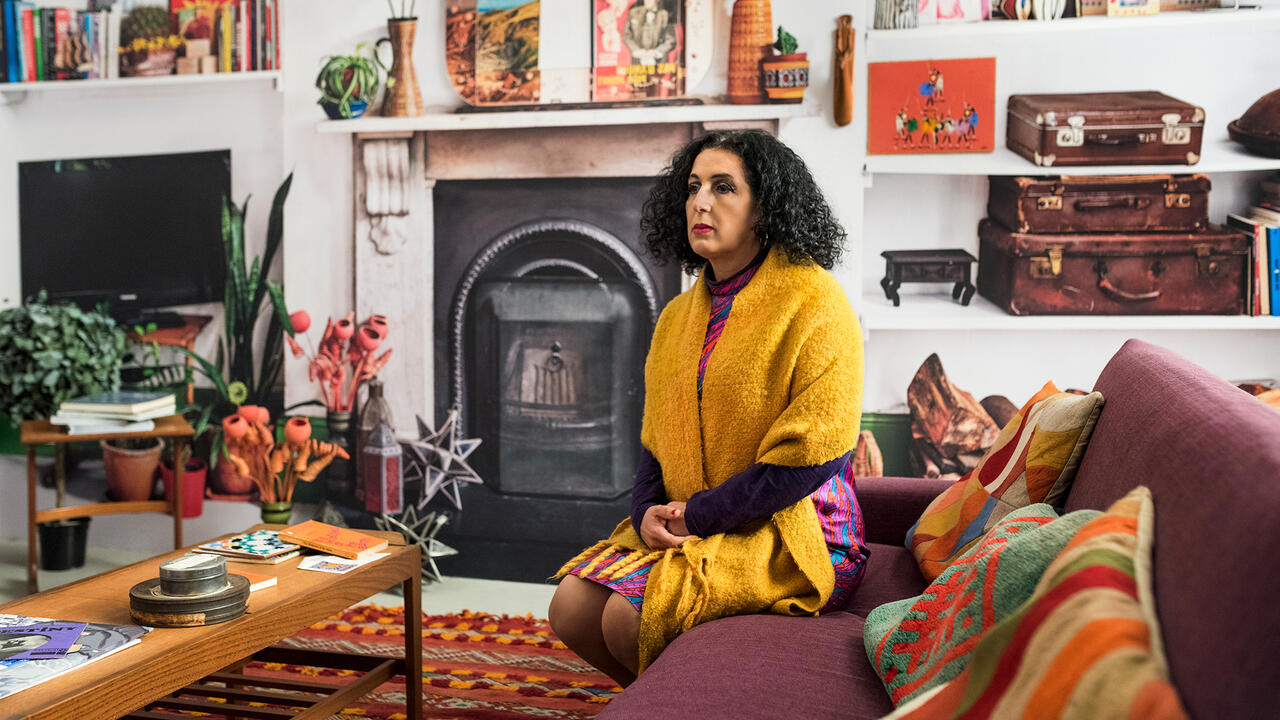- EN
- KO
French Pavilion
Showing results 1-6 of 6
© FRIEZE 2024 Cookie Settings | Do Not Sell My Personal Information
-
Magazine
- Editorial Content
- Frieze Magazine
- Fairs & Events
- Watch & Listen
- Tickets
- Membership
- Shop










